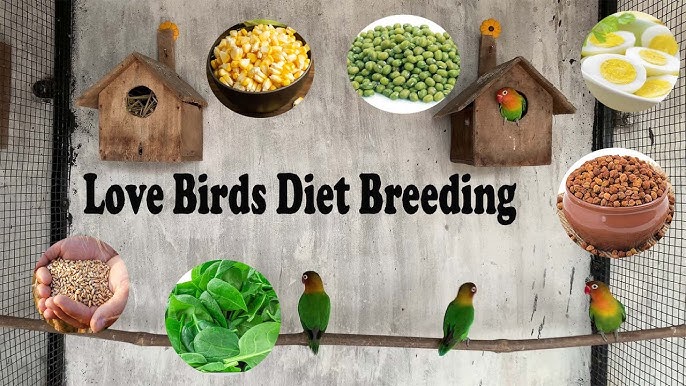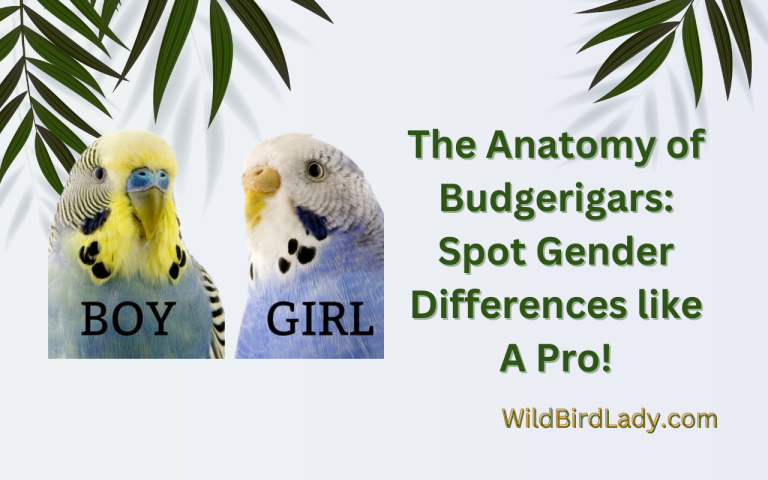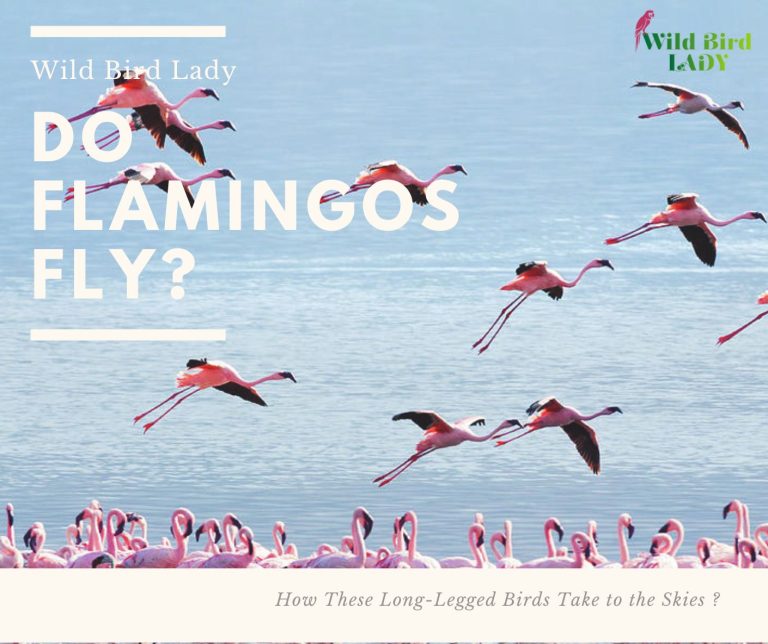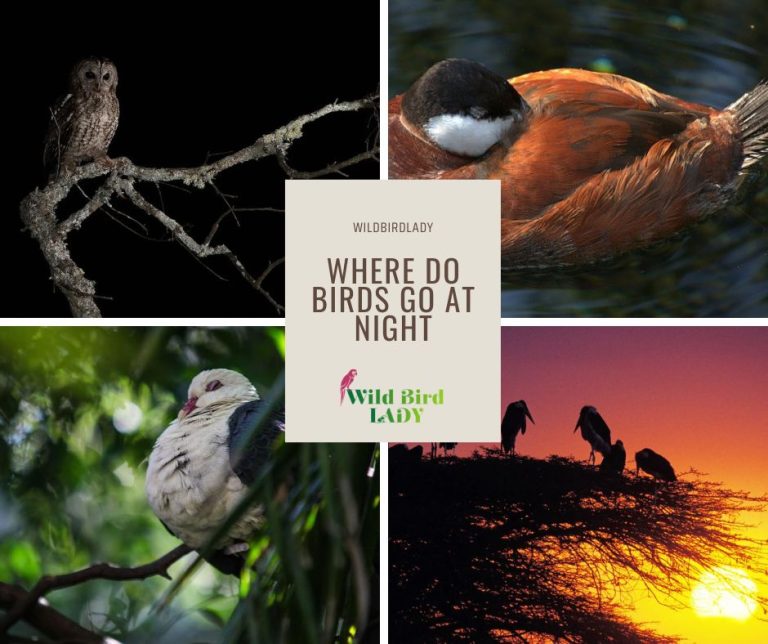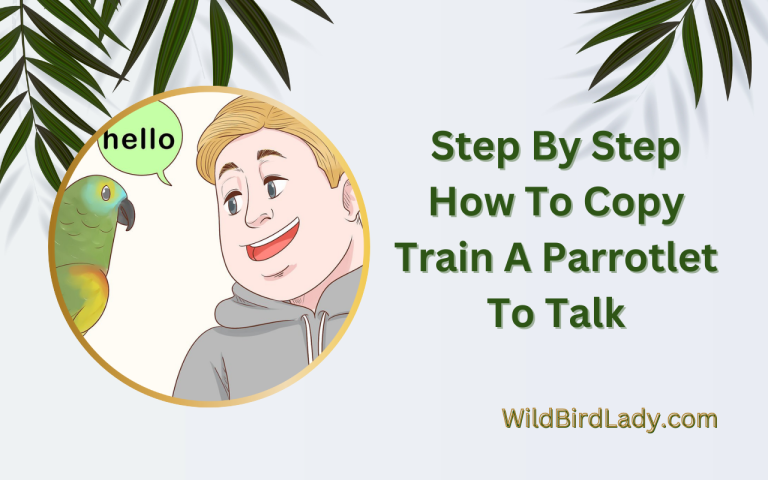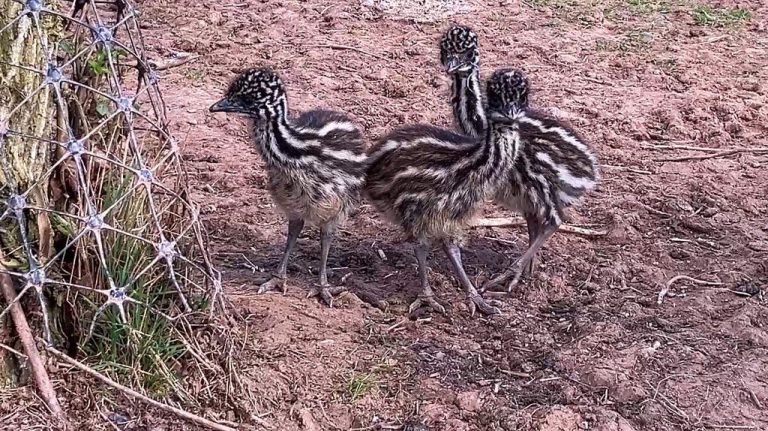Lovebirds Diet: Unlocking the Mystery of Their Favorite Foods
Lovebirds Diet includes a wide variety of fruits, vegetables, seeds, and flowers, whether they live in the wild or in captivity. These small, colorful parrots are known for their playful and affectionate personalities, making them popular pets. Providing a balanced Lovebirds Diet is essential to keeping them healthy, active, and happy.
They’re known for their charming personality and relatively easy upkeep, but one aspect of their care that often confuses owners is their diet. Lovebirds consume a variety of foods in the wild, including fruits, seeds, flowers, and insects. In captivity, pet owners can supplement that with commercially-made seed mixes, pellet diets, and fresh fruits and vegetables.
A well-planned diet is essential to ensure that lovebirds get enough vital nutrients to keep them healthy and avoid obesity, which could lead to other health issues. In this article, we’ll dive deeper into what lovebirds eat in the wild and captivity, and how to create a balanced diet for your feathered friend.
Understanding Lovebirds’ Dietary Needs
Lovebirds are incredibly social and affectionate birds that thrive on attention, love and proper care. Feeding these birds a well-balanced diet is vital for their overall health and well-being. In this blog post, we will delve into the mystery of their favorite foods, specifically focusing on their dietary needs.
Let’s take a closer look at what lovebirds eat, their nutritional requirements, how to determine their specific dietary needs, and common dietary issues that lovebirds may experience.
Natural Diet Of Lovebirds In The Wild
Lovebirds are native to various regions in africa and madagascar, living primarily in arid and semi-arid habitats. In the wild, the natural diet of lovebirds consists of a variety of foods such as fruits, vegetables, grains, and seeds. These include:
- Berries
- Figs
- African oil palm fruit
- Millet
- Sorghum
- Grass seeds
- Leafy greens
- Flower buds
- Insects
Nutritional Requirements Of Lovebirds In Captivity
In captivity, it’s essential to provide a nutritionally balanced diet for your lovebirds. A well-balanced diet should consist of:
- High-quality commercial birdseed mix
- Fresh fruits and vegetables, including leafy greens, broccoli, carrots, and apples
- A small amount of cooked brown rice, quinoa, and millet
- Legumes such as lentils, peas, chickpeas, and beans
- Grit made from crushed oyster shells or cuttlebone
- Fresh, clean water
The Importance Of A Balanced Diet For Lovebirds
A balanced diet is essential for lovebirds as it helps to prevent health issues such as malnutrition, obesity, and muscle wasting. Providing a variety of nutrients will help maintain your bird’s immune system, strengthen bones, and promote feather and beak growth.
A healthy diet also contributes to the happiness and longevity of your pet bird.
How To Determine The Specific Dietary Needs Of Your Lovebird(S)
The dietary needs of your lovebird(s) can be determined by consulting with an avian veterinarian. A professional will advise on the specific dietary requirements based on the bird’s age, sex, weight, environmental conditions, and health status. Observing your bird’s eating habits, energy levels, and weight can also help you determine the appropriate nutrition for your lovebirds.
Common Dietary Issues Among Lovebirds And Their Causes
Improper diet can lead to various health issues among lovebirds. Let’s take a look at some common issues and their possible causes:
- Obesity: Overfeeding with high-fat diets without enough exercise.
- Malnutrition: Providing insufficient or excess of essential nutrients.
- Vitamin a deficiency: Not enough vitamin a-rich foods such as leafy greens, carrots, and sweet potatoes.
- Fatty liver disease: Typically caused by feeding birds a diet high in fat and low in protein.
- Beak and feather disease: Can be linked to an inadequate diet that lacks critical vitamins and minerals.
Knowing your lovebirds’ nutritional requirements and providing a well-balanced diet is crucial for their health and happiness. With proper care, lovebirds can live a fun and healthy life, providing years of enjoyment for their owners.
What To Feed Your Lovebird
Lovebirds are lovely feathered pets with charming personalities. As a responsible owner, you need to provide them with a nutritious, balanced diet that caters to their specific dietary requirements. In this section of the blog post, we will unlock the mystery of the lovebirds’ favorite foods and explore the best ways to feed them based on their needs.
High-Quality Commercial Lovebird Food
When it comes to feeding your lovebirds, high-quality commercial bird food should be the foundation of their diet. These meals are specially formulated to provide lovebirds with the essential nutrients they need to maintain optimal health. Some key points about high-quality commercial lovebird food include:
- Choose a bird feed brand that uses fresh ingredients with no preservatives or artificial flavors.
- Ensure the feed contains all the essential nutrients and vitamins that lovebirds need to stay healthy and active.
- Check the label for the recommended feeding instructions to avoid overfeeding, which can lead to obesity.
Fresh Fruits And Vegetables For Lovebirds
Lovebirds naturally feed on fresh fruits, vegetables, and grains in the wild. Provide a variety of fresh fruits and veggies to supplement their commercial feed. Here are some key points about adding fresh produce to your lovebird’s diet:
- Offer them a selection of fresh fruits and vegetables, such as apples, bananas, kiwis, carrots, and broccoli.
- Thoroughly wash all produce before feeding it to your lovebirds.
- Remove any uneaten fruit and vegetables after feeding time to avoid bacterial growth and spoilage.
Protein Sources For Lovebirds (Including Insects And Cooked Chicken Eggs)
Lovebirds need protein in their diet, making it a crucial component of their overall nutritional intake. Here are some protein sources that can contribute to a balanced lovebird diet:
- Cooked chicken eggs are an excellent protein source for lovebirds.
- Small amounts of insects, such as mealworms, can be a great source of protein.
- Avoid feeding them meat, as it can cause digestion problems.
Grains And Seeds For Lovebirds
Lovebirds love to feed on various grains and seeds. Ensure that they are of high quality as many seeds available are low quality and can cause nutritional deficiencies. Here are some key points to consider while feeding your lovebirds grains and seeds:
- A mix of grains and seeds, such as millet and safflower, can help provide your lovebird’s required nutrients.
- Ensure that the grain mix doesn’t contain sunflower seeds, as they are high in fat and can lead to obesity.
- Avoid feeding your bird avocado, fruit seeds, and chocolate as these can be toxic to them.
Homemade Lovebird Food And Recipes
All birds, including lovebirds, enjoy a change of diet now and then. To feed your lovebirds a homemade diet, you can try these easy-to-prepare recipes:
- Lovebird mash: Mix oatmeal, quinoa, cooked sweet potatoes, and greens into a mushy mixture. Serve to your lovebirds at room temperature.
- Millet mix: Mix cooked rice and millet together and add chopped fresh veggies and fruits. Serve when cooled.
The Do’S And Don’Ts Of Feeding Lovebirds (Including Foods To Avoid)
To ensure your lovebirds remain healthy, there are some essential do’s and don’ts to consider while feeding them. Here are some key points to remember:
- Do offer your lovebirds a variety of fresh fruits, vegetables, and grains.
- Do provide them with high-quality commercial lovebird food.
- Do provide your lovebirds with a variety of protein-rich foods.
- Don’t feed your lovebirds high-fat foods, chocolate, or alcohol.
- Don’t leave uneaten food in your lovebird’s cage.
- Don’t only feed your lovebirds a single type of food.
By following the right diet, you can maintain your lovebirds’ overall health and well-being. Ensure that they have a diverse array of nutritious food options, including commercial feed, fresh fruits and vegetables, protein sources, grains and seeds, and homemade meals and treats.
By incorporating these best practices and avoiding certain foods, you can keep your lovebirds happy, healthy, and thriving.
Feeding Tips And Techniques
Lovebirds are adorable and fascinating creatures, renowned for their vivid colors and fluffy feathers. One of the essential aspects of caring for these birds is ensuring that they receive a nutritious diet. Here are some feeding tips and techniques that every lovebird owner should know.
How Often To Feed Lovebirds
Lovebirds are omnivores, meaning that they eat both plant and animal matter. They require a high-quality diet with plenty of variety. When it comes to feeding your lovebird, it’s essential to establish a feeding routine. Here are some guidelines to follow:
- Feed your lovebird twice a day, at approximately the same times each day.
- Remove any uneaten food after 30 minutes to prevent spoilage and the growth of harmful bacteria.
The Ideal Feeding Schedule For Lovebirds
A balanced lovebird diet should include a mix of high-quality birdseed, pellets, fresh fruits, and vegetables. Here’s an ideal feeding schedule for your lovebird:
- Provide a small amount of high-quality birdseed in the morning.
- In the afternoon, give your lovebird a mix of pellets, fresh fruits, and vegetables.
- Provide fresh water daily and change it regularly.
The Importance Of Fresh Water For Lovebirds
Clean and fresh water is vital for your lovebird’s health. Birds require more water than other animals because they lose moisture with every breath. Here are some tips for providing clean water:
- Use a water dish that’s easy to clean and change daily.
- Place the water dish away from the bird’s food and away from any potential contaminants.
Tricks For Getting Finicky Eaters To Try New Foods
Some lovebirds can be picky eaters, which can make it challenging to introduce new foods into their diet. However, with some patience and persistence, you can entice your lovebird to try new foods. Here are some tricks to try:
- Mix new foods with your lovebird’s favorite foods to make the transition smoother.
- Offer new foods in small quantities and watch your bird’s reaction.
- Show your lovebird that you’re also eating the food by holding a piece in front of your mouth.
Ways To Supplement Your Lovebird’S Diet
In addition to their regular diet, lovebirds may require additional nutrients or supplements to maintain optimal health. Here are some ways to supplement your lovebird’s diet:
- Fresh fruits and veggies can provide additional nutrients and health benefits.
- Calcium supplements can help maintain strong bones and prevent egg-binding.
- Vitamin supplements can help boost your bird’s immune system and overall health.
Maintaining a healthy diet is crucial to your lovebird’s well-being. By sticking to a regular feeding schedule, providing fresh water, and offering a variety of healthy foods and supplements, you can ensure that your lovebird receives all the nutrients it needs to thrive.
Frequently Asked Questions Of Lovebirds’ Diet: What Do Lovebirds Eat In The Wild And In Captivity?
What Is The Natural Diet Of Lovebirds In The Wild?
Lovebirds in the wild feed on different kinds of seeds, fruits, and vegetables. Their diet includes millet, canary grass, oats, corn, sorghum, sunflower, safflower, and many more. They also eat greens like kale, spinach, and lettuce, and fruits like mango and papaya.
Can Lovebirds Eat The Same Food As Other Birds?
Yes, lovebirds can eat the same food as parakeets, canaries, and other small birds. However, their diet should include a high-quality seed mix that has a variety of grains, nuts, and seeds.
What Should I Avoid Giving My Lovebirds?
Don’t give your lovebirds avocado, chocolate, caffeine, alcohol, or any food that is high in salt, sugar, or fat. These foods can be harmful to their health and cause digestive problems. Also, always provide clean water and avoid giving them tap water.
Conclusion
As we conclude our discussion on lovebirds’ diet, it’s important to note that these birds require a varied and balanced diet both in the wild and in captivity. In the wild, lovebirds consume a wide range of natural foods, including fruits, seeds, flowers, and insects.
When captive, it’s crucial to feed them a nutritionally-dense diet that closely mimics their natural diet. Foods such as pellets, vegetables, and fruits make great options to keep your lovebirds healthy and happy. However, it’s important to always keep an eye on their eating habits and adjust their diet as needed.
In addition to a well-balanced diet, lovebirds also require clean water and proper environmental conditions to thrive. With the right care, lovebirds can live long and healthy lives, providing their owners with endless joy and companionship.

